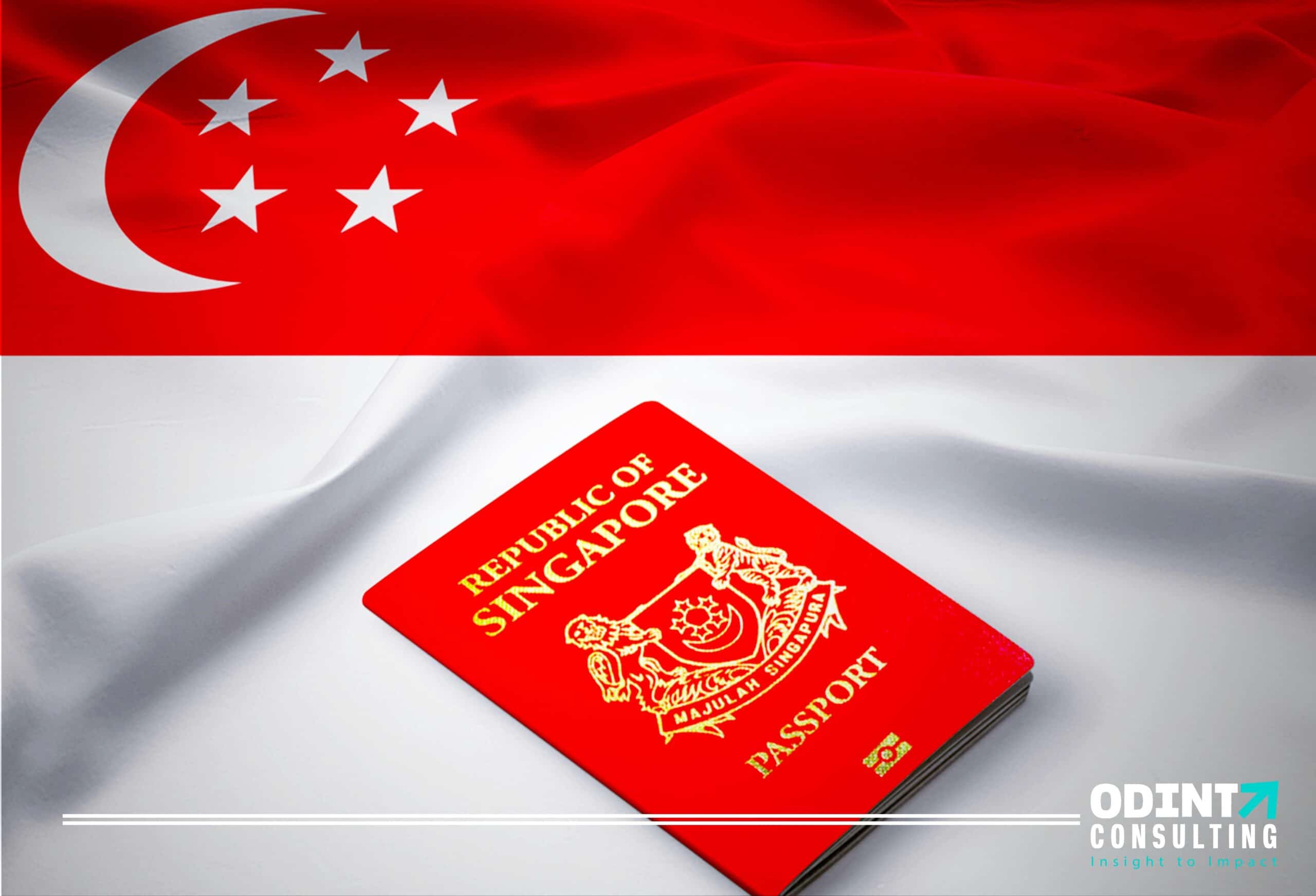
What is the Singapore Long Term Visit Pass (LTVP)?
The Singapore Long Term Visit Pass (LTVP) is an official pass granted by the Singapore government that allows eligible family members of Employment Pass (EP), S Pass, or EntrePass holders, as well as Singapore citizens and permanent residents (PRs), to stay in the country for extended periods. Unlike a tourist visa, the LTVP enables a more stable stay, and in some cases, allows the holder to work in Singapore. Administered by either the Immigration & Checkpoints Authority (ICA) or the Ministry of Manpower (MOM), the LTVP is a crucial permit that supports family unity and long-term settlement in Singapore.Who Needs a Long Term Visit Pass in Singapore?
Many foreign professionals who work in Singapore want to bring their close family members with them. However, not all family members qualify under the Dependant Pass (DP) scheme. The LTVP is a viable alternative for:- Common-law spouses
- Stepchildren
- Handicapped children over the age of 21
- Parents of Employment Pass or S Pass holders
- Foreign spouses of Singapore citizens or PRs
Types of LTVP in Singapore
There are two main types of LTVP based on the issuing authority:1. ICA-Issued LTVP
Issued to:- Spouses and children of Singapore citizens/PRs
- Parents, if the applicant is a Singapore citizen
- Graduates from local institutions seeking employment
2. MOM-Issued LTVP
Issued to:- Family members of EP/S Pass/EntrePass holders who are not eligible for a Dependant’s Pass
- This includes common-law spouses, stepchildren, and disabled children above 21
Eligibility Criteria for the LTVP (2025 Updated)
In order to be qualified for a Singapore LTVP, the applicant must be sponsored by either:- A Singapore citizen or PR, or
- A foreign work visa holder (EP/S Pass/EntrePass)
- Common-law spouse
- Stepchildren (below 21 years)
- Children over 21 years old with disabilities
- Parents of Singapore citizens
- Foreign spouses of Singaporeans or PRs
- Foreign students who have graduated from local institutes
- EP/S Pass Holders: Minimum monthly salary of SGD 6,000 to sponsor a spouse or children.
- To sponsor parents: Minimum salary must be SGD 12,000/month.
Documents Required for Singapore LTVP
Ensure all documents are in English or officially translated:Basic Documents:
- Completed application form (Form 14)
- Passport-sized photo (Singapore photo guidelines)
- Copy of passport bio-data page
Supporting Documents:
- Marriage certificate
- Birth certificate of child (if applicable)
- Letter from employer (for sponsor)
- Income tax statements/CPF contribution proof
- Medical check-up report
Additional Documents (if applicable):
- Divorce certificate
- Death certificate (of spouse)
- Custody papers for children
- Letter of explanation for common-law partnerships
Process to Apply for an Long Term Visit Pass in Singapore
Listed below are the steps to apply for an LTVP in Singapore:Step 1: Check Eligibility
Use ICA’s Self-Assessment Tool (SAT) or consult with a relocation expert.Step 2: Gather Documents
Refer to the list above. Ensure all documents are certified and in English.Step 3: Submit Application Online
- For Singaporeans sponsoring family: Apply via ICA MyICA portal
- For EP/S Pass holders: Submit via MOM’s EP Online portal
Step 4: Wait for In-Principle Approval (IPA)
- Approval time: 6 to 8 weeks
- An IPA letter will be issued if successful
Step 5: Travel and Receive LTVP Card
After arrival in Singapore, complete formalities like biometric capture, medical check, and card issuance.Can You Work with an LTVP in Singapore?
Yes, but only under certain circumstances. LTVP holders cannot work by default but can apply for permission through one of the following: 1. Letter of Consent (LOC)- For LTVP holders sponsored by Singapore citizens or PRs
- Must have a job offer
- Issued before a job offer
- Applicable to spouses/unmarried children of SCs or PRs with LTVP+
LTVP vs. LTVP+: What’s the Difference?
| Feature | LTVP | LTVP+ |
| Validity | Up to 2 years | Up to 5 years |
| Employment | Requires LOC | Can apply for PLOC |
| For Whom | Foreign family of SCs/PRs or work pass holders | Long-term spouses of Singaporeans/PRs |
| Benefits | Residency only | Residency + integration support |
Duration and Renewal of LTVP
- ICA-issued LTVP: Valid for up to 2 years, renewable.
- LTVP+: Valid for up to 5 years, subject to criteria.
Common Reasons for Rejection
- Incomplete or false documents
- Low income of sponsor
- Relationship not legally recognized
- Health issues not disclosed
Conclusion
Whether you’re planning to bring your family to Singapore or relocate permanently, the Singapore Long Term Visit Pass (LTVP) is a reliable visa solution. It allows non-citizen family members to legally reside with you, ensuring family cohesion and peace of mind. Moreover, depending on your eligibility and permit type, it can also provide a pathway to lawful employment in Singapore. With growing opportunities and supportive immigration policies, the LTVP is an excellent route to build a stable future in one of Asia’s most dynamic economies.FAQ’s
Yes, but you’ll need an approved LOC or PLOC depending on your relationship with your sponsor.
Usually 6–8 weeks after submitting all valid documents.
Yes. Renewal applications should be made at least 4 weeks before expiry.
You have 30 days to file an appeal or resubmit with more convincing proof.

